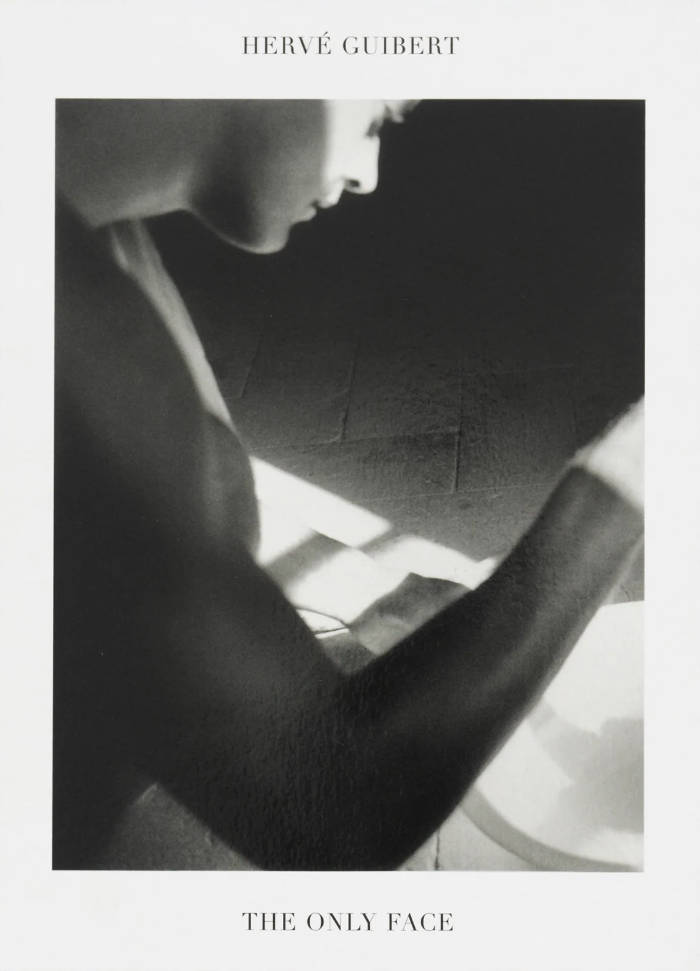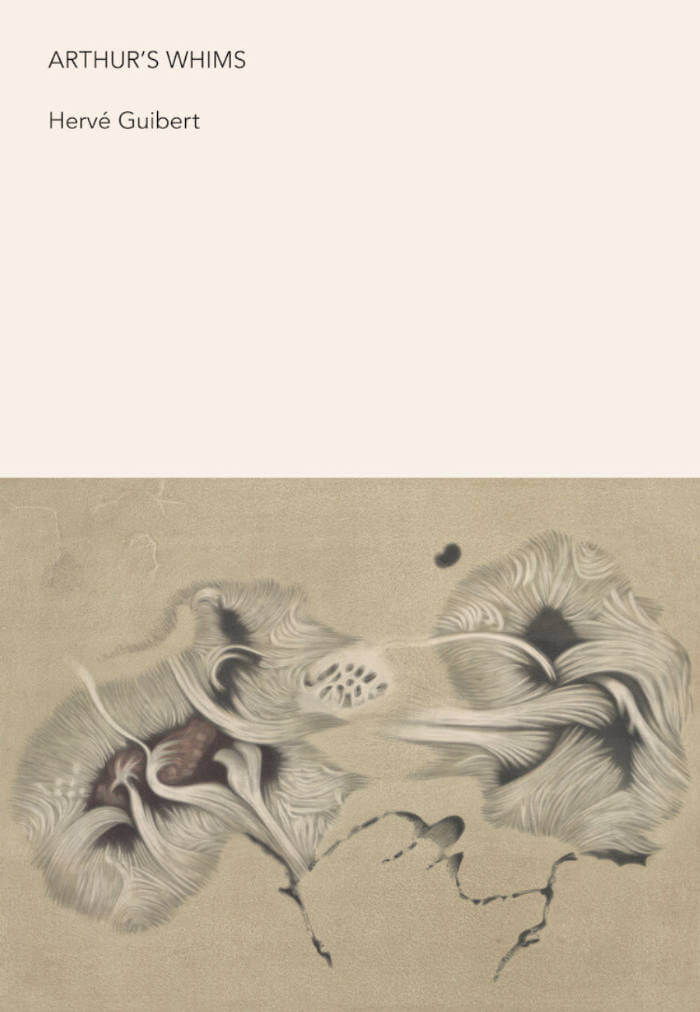
The Only Face
Hervé Guibert’s photobook The Only Face is not a novel in the traditional sense, but it is filled with characters, settings, and mystery. It starts with bodies — their faces either eclipsed or out of frame — before unleashing a bravura sequence of portraits: friends, lovers, family, Guibert himself. As the book approaches its final act, his subjects are again obscured. Then they disappear completely, leaving behind only the objects they touched, until even those vanish, leaving only light.
Most of the photographs in The Only Face were taken on Guibert’s travels — to Italy, Spain, Germany, Poland, Czechoslovakia, Hungary, the United States — but their settings are, with few exceptions, small private interiors. The effect is an inwardness that communicates Guibert’s deep affinity with his subjects. In his prior books, many of these same individuals are identified only by initials, but here he has elected to use their first names, further instilling the whole project with intimate familiarity. Guibert describes his initial apprehension about making this intimacy public, but he ultimately realized that by publicly exposing these "familiar bodies, beloved bodies, I am doing only one thing — an enormous thing, I believe, in any case the goal of all my work, all my creative pretension — which is this: to bear witness to my love."





